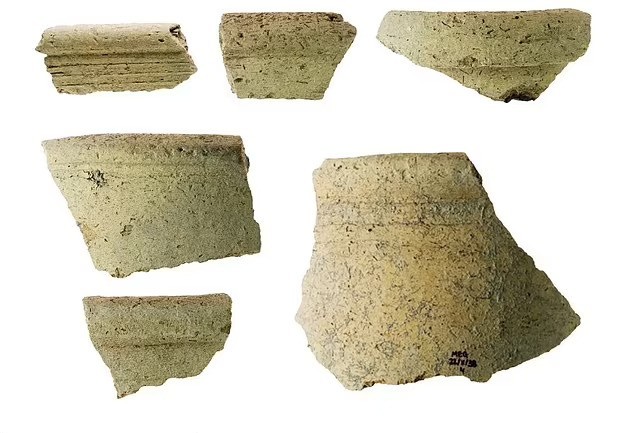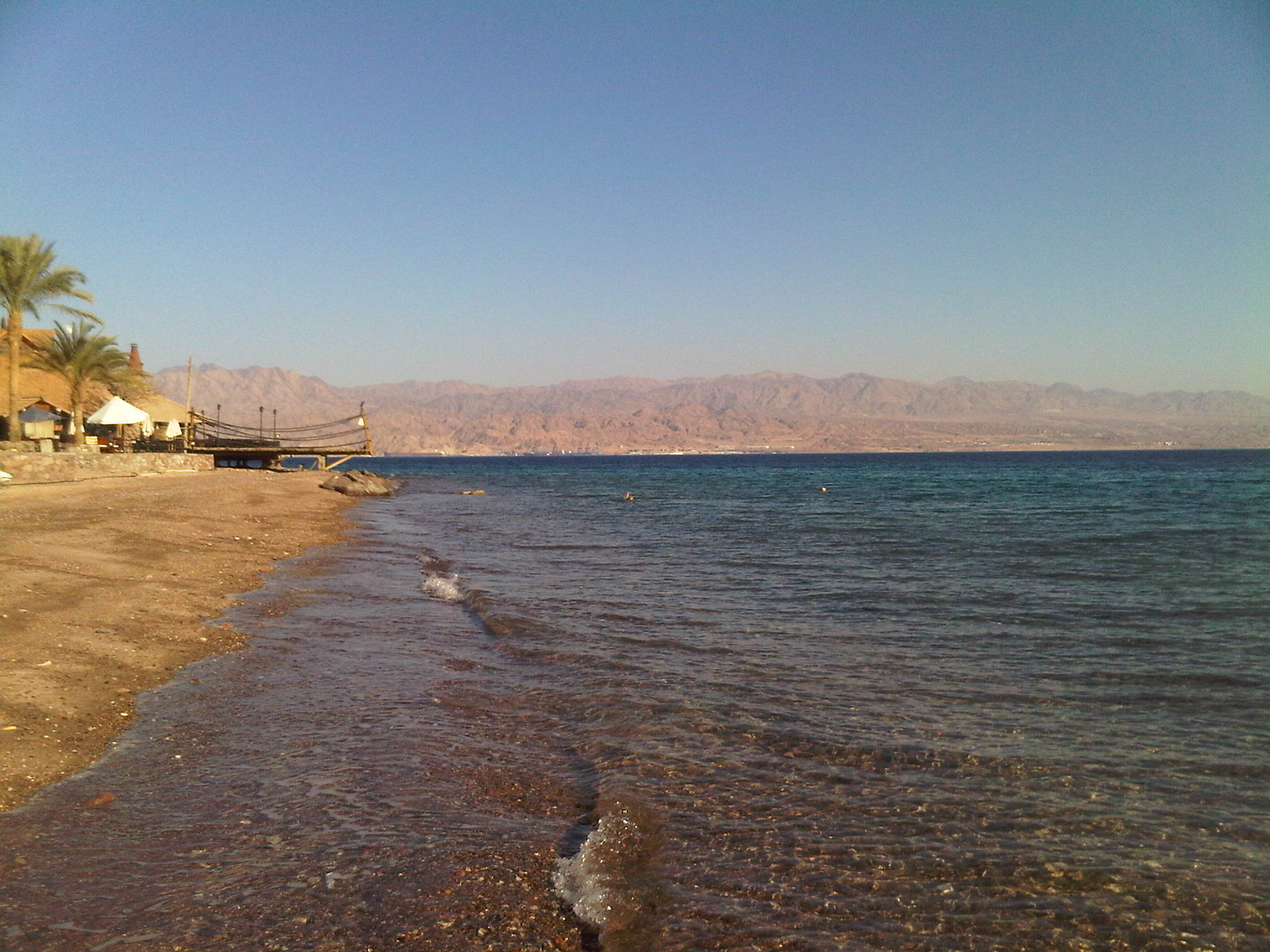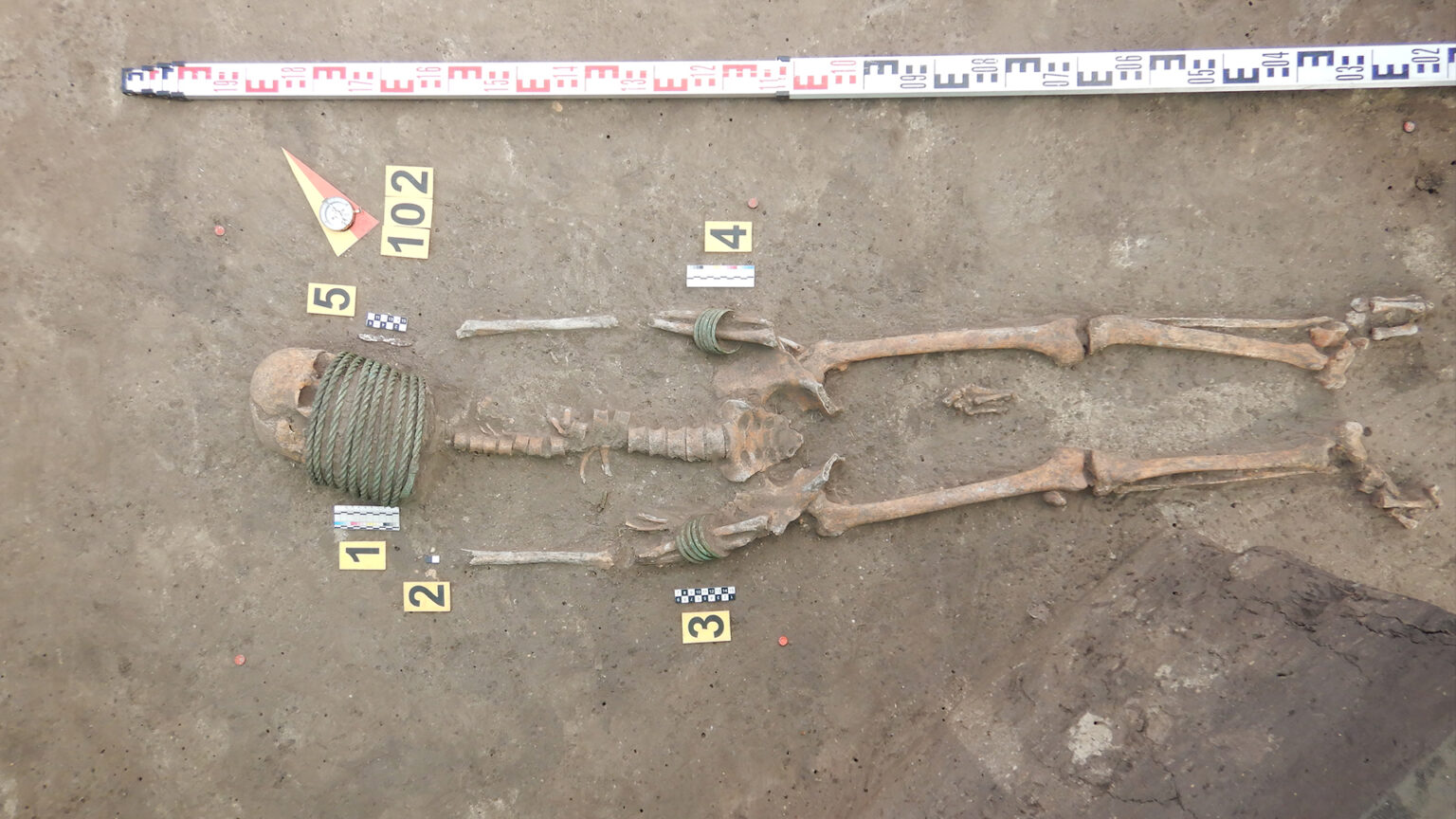Archaeology Continues to Confirm the Bible!
Extraordinary recent discoveries at biblical sites surprise the experts – and astound the world
 In the latter half of 2024, Prophecy Today published two articles revealing exciting recent discoveries that offer historic evidence that help confirm various claims of both the Old Testament and the New.
In the latter half of 2024, Prophecy Today published two articles revealing exciting recent discoveries that offer historic evidence that help confirm various claims of both the Old Testament and the New.
The evidence continues to mount. Even in recent months, a slew of astounding archaeological discoveries has provided us with further fascinating and amazing affirmations of Scripture’s accuracy and trustworthiness. In this article, we outline some of the most noteworthy finds.
Garden tomb
Archaeologists digging beneath the Church of the Holy Sepulchre in Jerusalem have very recently unearthed a garden near the site of the crucifixion and burial of Jesus. Built by Roman Emperor Constantine I in the 3rd century AD, the church is widely believed to be the location of both Jesus’ crucifixion (Golgotha) and burial. Analysis performed on soil samples in the past few months have revealed remains of olive trees and grapevines that are approximately 2,000 years old (radiocarbon dating is still underway to confirm the precise age of the remains). The discovery gives strong verification of John 19:41, which states, “Now in the place where he was crucified there was a garden, and in the garden a new tomb in which no one had yet been laid.”
The excavation, which began in 2022, is the most extensive archaeological excavation at the Church of the Holy Sepulchre in nearly 200 years. Archaeologists also uncovered finds like pottery, oil lamps, glass, and low stone walls separating garden plots, some of which date as far back as the Iron Age – all of which attests to widespread human presence and pilgrimage at the site spanning a long history.
Now in the place where he was crucified there was a garden, and in the garden a new tomb in which no one had yet been laid (Jn 19:41)
Fate of King Josiah
The biblical story of Josiah, ‘the last good king of Judah’ – has found part-confirmation in a new archaeological study. Josiah was known for leading a revival and reformation of Judah by ordering the repair of the temple of the Lord; he is also listed as an ancestor of Jesus in the Gospel of Matthew.
The apocalyptic final clash between good and evil, as recorded in Revelation, occurred at Armageddon, today known as Tel Megiddo, located in current-day northern Israel. The site is believed to be where King Josiah was killed by the Egyptian pharaoh Necho II, as noted in the Bible. Necho was on his way to aid the Assyrians in the northern Levant, and his army was marching through Judah. Josiah and his army met the Egyptians at a nearby mountain pass where the two armies clashed at Megiddo.
 Until recently, experts had not found any archaeological evidence to support the story of Josiah's fatal shooting there. Now, however, excavations reveal that there was an Egyptian presence at the site during Josiah’s time. Archaeologists uncovered high quantities of crude and straw-tempered pottery vessels imported from Egypt dating to the late seventh century BC – consistent with the timing of the death of Josiah.
Until recently, experts had not found any archaeological evidence to support the story of Josiah's fatal shooting there. Now, however, excavations reveal that there was an Egyptian presence at the site during Josiah’s time. Archaeologists uncovered high quantities of crude and straw-tempered pottery vessels imported from Egypt dating to the late seventh century BC – consistent with the timing of the death of Josiah.
Ark on Ararat
An international team of researchers has been meticulously analysing the Durupinar Formation, a 164-meter-long structure made of a type of iron ore, in Turkey. They believe it is the remains of a massive vessel that could have been submerged during a catastrophic flood around 5,000 years ago, the same flood described in the Bible.
The shape and size of the formation are eerily similar to the biblical dimensions of Noah's Ark, described in the Old Testament as 300 cubits long, 50 cubits wide, and 30 cubits high. The Bible also claims the Ark “rested upon the mountains of Ararat,” and this formation is sitting right in the shadow of Mount Ararat itself.
 New evidence from soil samples has revealed traces of clay-like materials, marine deposits, and even seafood remnants, all of which date back to the time when the biblical flood is said to have occurred, between 3,500 and 5,000 years ago. Meaning that the area was once submerged under water, and experts believe this points to a massive flood that could have wiped out everything in its path.
New evidence from soil samples has revealed traces of clay-like materials, marine deposits, and even seafood remnants, all of which date back to the time when the biblical flood is said to have occurred, between 3,500 and 5,000 years ago. Meaning that the area was once submerged under water, and experts believe this points to a massive flood that could have wiped out everything in its path.
While some have speculated about the existence of Noah’s Ark since its discovery in 1948, it’s the new marine evidence that’s really shaking things up, while evidence also suggests the existence of rotting wood.
Work at the boat site itself had not yet begun, but, stated researcher Andrew Jones, "over the next few years, our Turkish university partners will conduct non-destructive tests like soil sampling, radar scans, and other methods to determine if the structures we've detected are truly man-made or simply natural formations."
Parting of the seas
The confirmation of biblical reliability can sometimes come in the form of the use of meteorological technology rather than purely archaeological finds. Both Christians and Jews regard Moses’ parting the Red Sea as one of the most impressive miracles of God.
 While long regarded as pure myth by many, even secular analysts are now taking the Exodus account seriously. Experts at the National Centre for Atmospheric Research now claim that winds blowing at the right speed and angle could feasibly have opened a channel, allowing people to pass on foot — and subsequently swallowing anyone on their heels once the winds gave way, with tsunami force. Oceanographer Carl Drews stated, “The crossing of the Red Sea is a supernatural phenomenon that incorporates a natural component — the miracle is in the timing.”
While long regarded as pure myth by many, even secular analysts are now taking the Exodus account seriously. Experts at the National Centre for Atmospheric Research now claim that winds blowing at the right speed and angle could feasibly have opened a channel, allowing people to pass on foot — and subsequently swallowing anyone on their heels once the winds gave way, with tsunami force. Oceanographer Carl Drews stated, “The crossing of the Red Sea is a supernatural phenomenon that incorporates a natural component — the miracle is in the timing.”
Computer models predict that such a phenomenon would require winds of more than 60 miles per hour to hit the water at a very specific angle, blowing open a tunnel of water 3 miles wide.
While the parting the Red Sea is said to have taken place in the Gulf of Aqaba, researchers insist that no amount of storm-force winds could help people across the treacherous Gulf of Aqaba. Instead, they hypothesise that the miracle could have taken place on the Gulf of Suez – which is only up to 100 feet deep and has a relatively flat floor – and which strong tides in this section are known to expose.
However, the Suez theory can’t support the Book of Exodus’ claim that easterly winds blew to part the sea. A third theory has the Nile Delta’s Lake of Tannis as the most plausible site for the sea-parting miracle, matching alternative translations of the Hebrew Bible referencing a sea of “reeds” — not “Red Sea” — which grow densely in those brakish waters.
... it is fascinating to note that this most outstanding of biblical miracles is being taken seriously by researchers – even if they don’t postulate a supernatural God behind proceedings.
Whichever of the theories – if any – is the correct one, it is fascinating to note that this most outstanding of biblical miracles is being taken seriously by researchers – even if they don’t postulate a supernatural God behind proceedings.
Extreme discipline
The following story equates recent archaeological finds, not directly to the Bible, but to the early practice of the Christian faith which some at the time regarded as being based on those same Scriptures.
Recently, Israel’s Antiquities Authority discovered the remains of a 1,600-year-old woman – who was found to have metal rings around her neck, arms and legs, along with iron plates on her stomach.
 Not only were this woman’s remains discovered with these very strange torture means around her, but she was buried under a church’s altar, about three kilometres from Jerusalem’s Old City, a factor which is seen as indicative of her importance to the body of Christ in that city.
Not only were this woman’s remains discovered with these very strange torture means around her, but she was buried under a church’s altar, about three kilometres from Jerusalem’s Old City, a factor which is seen as indicative of her importance to the body of Christ in that city.
The Byzantine period, when this particular female was likely alive, was known for self-flagellation practices, including the wearing of metal rings, self-isolation, extreme fasts and other measures of intense self-discipline practices. This discovery, however, is the very first of its kind of a female participant in these drastic measures to deny self for the sake of faith.
This remarkable discovery offers a rare glimpse into the extreme devotion and ascetic practices of early Christian believers – a striking reminder that throughout history, men and women of faith have gone to extraordinary lengths to draw closer to God, even at great personal cost.
Scripture reliability
Many archaeology scholars are in no doubt as to recent discoveries providing confirmation of various Bible stories. David Ussishkin, professor of archaeology at Tel Aviv University, is clear that, “In general, the evidence of material culture fits the Biblical account beginning with the period of the settlement of the tribes of Israel in the land of Canaan and the establishment of the kingdom of Israel. Hence, archaeological data are consistent with the view that at least this part of the Biblical account is, in general, true and historically based.”
Very recent major biblical archaeology stories contain mysteries that may be resolved by future excavations.
What is also fascinating is the readiness with which these discoveries obtain prominence in the secular press. The Daily Mail, The Telegraph, GB News and scores of other media outlets are quick to enthuse about recent biblical finds. Even The Sun, while headlining the ‘barmy plan’ to dig up the structure some believe to be Noah’s ark on Mount Ararat, went on to cover the story seriously.
Very recent major biblical archaeology stories contain mysteries that may be resolved by future excavations. Objective conclusions, of course, may not be known for years, as it takes time for archaeologists to meticulously engage in their field work, to carefully study the results of their research and then to publish their findings in scientific journals.
The wonderful thing for those of us who already cherish the Scriptures is that such discoveries, while holding great fascination in themselves, serve to further increase our confidence in the precious word of God.
Even since beginning this article, further archaeological confirmations of biblical reliability have been coming to light. Among them are some of the most astounding biblical discoveries of the past half-century. We intend to publish a follow-up article on these amazing finds in Prophecy Today soon. Watch this space.
Tom Lennie, 30/05/2025